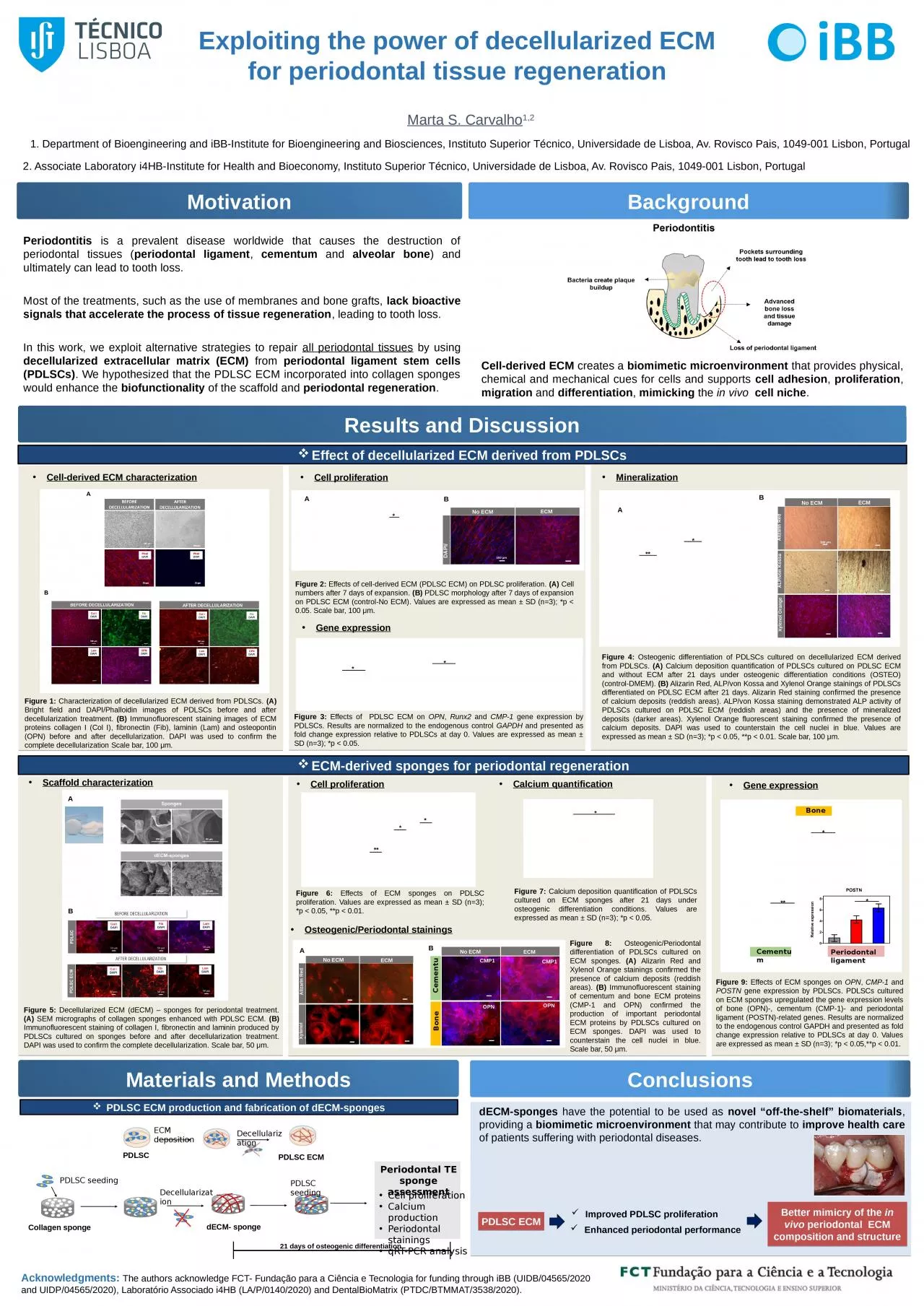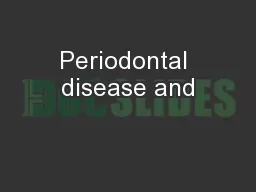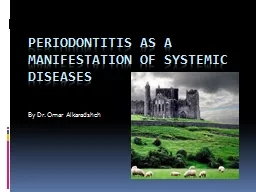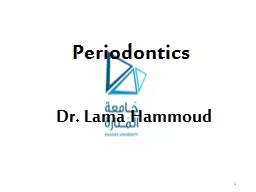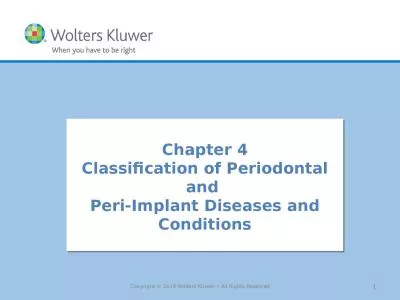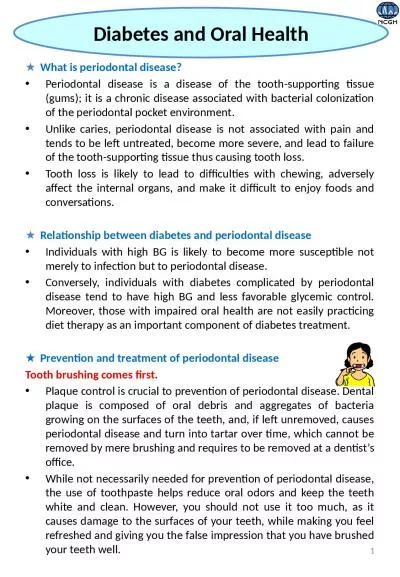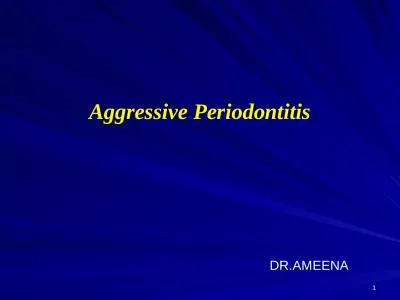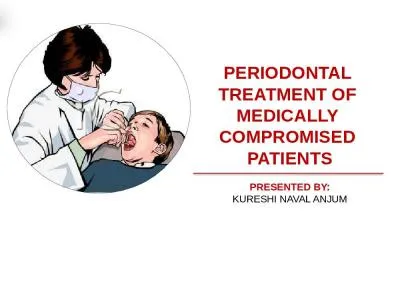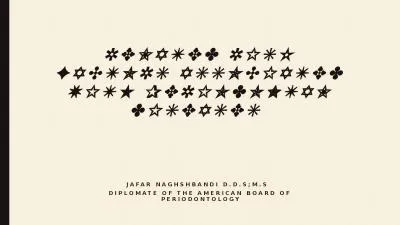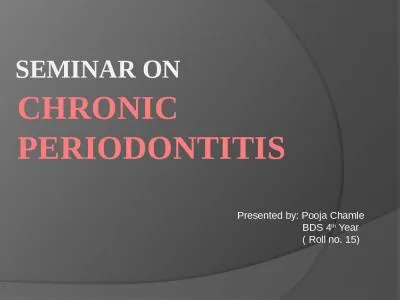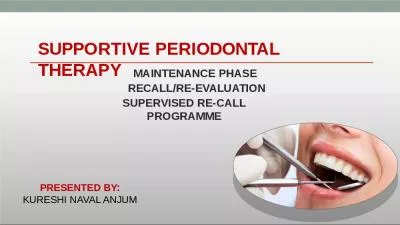PPT-Periodontitis is a prevalent disease worldwide that causes the destruction of periodontal
Author : julia | Published Date : 2024-02-03
periodontal ligament cementum and alveolar bone and ultimately can lead to tooth loss Most of the treatments such as the use of membranes and bone grafts lack
Presentation Embed Code
Download Presentation
Download Presentation The PPT/PDF document "Periodontitis is a prevalent disease wo..." is the property of its rightful owner. Permission is granted to download and print the materials on this website for personal, non-commercial use only, and to display it on your personal computer provided you do not modify the materials and that you retain all copyright notices contained in the materials. By downloading content from our website, you accept the terms of this agreement.
Periodontitis is a prevalent disease worldwide that causes the destruction of periodontal: Transcript
Download Rules Of Document
"Periodontitis is a prevalent disease worldwide that causes the destruction of periodontal"The content belongs to its owner. You may download and print it for personal use, without modification, and keep all copyright notices. By downloading, you agree to these terms.
Related Documents

